Kruger Park, the Serengeti, the Masai Mara – these are Africa’s blockbuster parks with their abundant wildlife, epic landscapes and diverse terrain. Though with their fame come the tourists: at sightings in these parks it’s not uncommon for there to be a big traffic jam of cars trying to get a glimpse of the rhino or leopard. While game viewing in these parks is still spectacular, if you’re looking for peace and quiet in the bush, there are many more parks and reserves in Africa that don’t have big reputations but do have lots of animals and beautiful scenery.
Here’s our pick of 7 of Africa’s best lesser known reserves for you to escape the safari crowds.
South Africa and Namibia
Ai-Ais/Richtersveld Transfrontier Park
Spanning the northwestern corner of South Africa and the southwestern corner of Namibia, the Ai-Ais/Richtersveld Transfrontier Park is only accessible by 4×4, which means that it never gets busy. This desert wilderness is vast, inhospitable, arid and yet surprisingly biodiverse, with a huge variety of plant, animal and bird species, such as grey rhebok, duiker, leopard, caracal, vervet monkey, zebra, kudu and baboon. In addition to plant and animal life, the desert landscapes are startling – sandy plains, craggy volcanic mountains, curving sand dunes and lush vegetation flanking the Orange River.
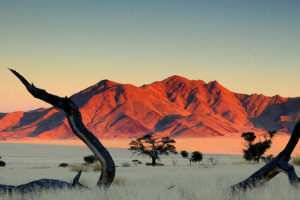
On the edge of Namibia’s Namib-Naukluft National Park, the NamibRand is one of Southern Africa’s largest private nature reserves. Its size means it remains blissfully quiet, and the scenery is spectacular. Rippling apricot sand dunes, silvery plains dotted with fairy circles, purplish mountains and massive blue skies over the oldest desert in the world: it’s breathtakingly beautiful. It’s not exactly Etosha when it comes to wildlife, but there are 3200 oryx and over 12 000 springbok on the reserve, as well as kudu, zebra, giraffe, klipsringer, hartebeest and more than 150 species of birds. There’s a small campsite to stay at, but the best way to see the reserve is on a three-day guided hiking trail with Tok Tokkie Trails where you learn about the fascinatingly adapted desert plants and animals.
Tanzania
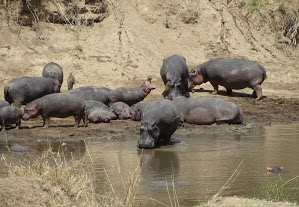
Tanzania’s fourth largest park, in the southwest of the country, is remote and difficult to reach, but it offers incredible game viewing during the dry season when the Katuma River shrinks to a trickle and is the only water source in the park. Thousands of animals congregate to drink – sometimes up to 4000 elephants and herds of a thousand buffalo, as well as massive numbers of impala, giraffe, reedbuck and zebra followed by prides of lions and hyenas. There are also more than 400 species of birds to spot, as well as eland, sable and roan antelope. A big highlight is the hippo pools during the dry season – ever shrinking pools of water where hippos fight over their territory in bloody battles.
Kenya
Shimba Hills National Reserve
Only 15 kiometres from the coast, Shimba Hills is a small but extremely biodiverse national park that remains one of Kenya’s least visited reserves. A mix of coastal rainforest (one of the oldest forests in the world), woodland and grassland, Shimba Hills is home to more than half of the rare plants found in Kenya, as well as 700 elephants, Kenya’s only population of sable antelope and lots of bird life. Camping in the forest and doing guided walks with a ranger to spot birds and butterflies makes the most of this magical park.
Botswana
Central Kalahari Game Reserve
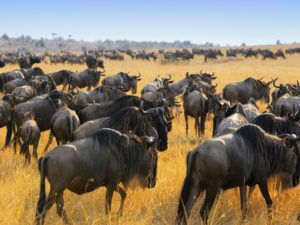
The Central Kalahari Game Reserve was closed for 30 years and it remains underdeveloped in comparison to Botswana’s other more famous parks such as Chobe and Moremi. But if you are prepared for an adventure in getting there and don’t need five-star lodges, then you’re in for a treat. The second largest wildlife reserve in the world is so vast and untouched that you’ll feel like you couldn’t be further away from civilization. Visit just after the summer rains and you’ll see huge herds of springbok and gemsbok and other wildlife such as wildebeest and giraffe but apart from the game the landscapes are phenomenal – vast grasslands peppered with the occasional sand dune, pan or river valley under enormous skies.
Mozambique
Niassa Game Reserve
In northern Mozambique, Niassa Game Reserve is not easily accessible but if you do make it there you’ll be rewarded with one of Africa’s last undeveloped wilderness areas. During the decades of civil war in the country, the reserve’s wildlife numbers stayed constant while in parks like Gorongosa they were decimated. The game in Niassa remains abundant now, with more than 10 000 elephants and 200 endangered wild dogs as well as zebra, impala, wildebeest, lions, leopards and hyenas.
Malawi
Majete Wildlife Reserve
Since lions were only added to Majete Wildlife Reserve a few years ago in a wildlife relocation project, Malawi is not a well-known Big Five destination. Safari goers have long overlooked Malawi in favour of Tanzania, Kenya or South Africa, but this tiny landlocked country is a great destination, and Majete is its flagship park. In this beautiful park you’ll be able to spot lions, leopard, buffalo, elephant and other animals without the traffic jams and crowded roads of other more famous reserves.

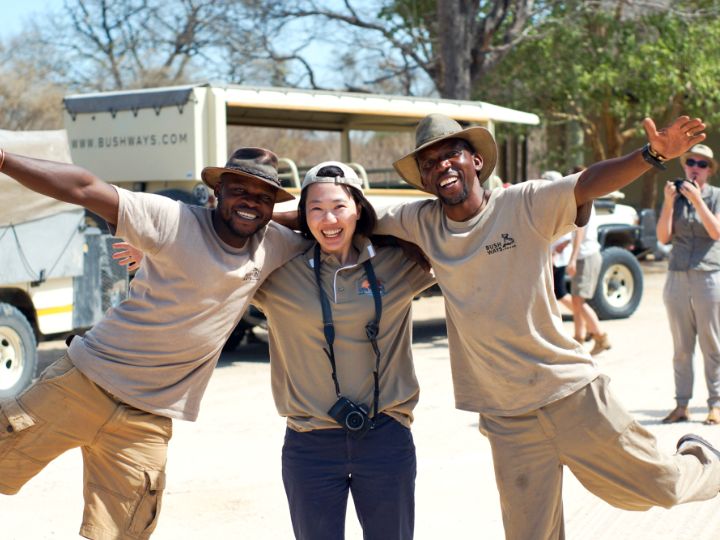
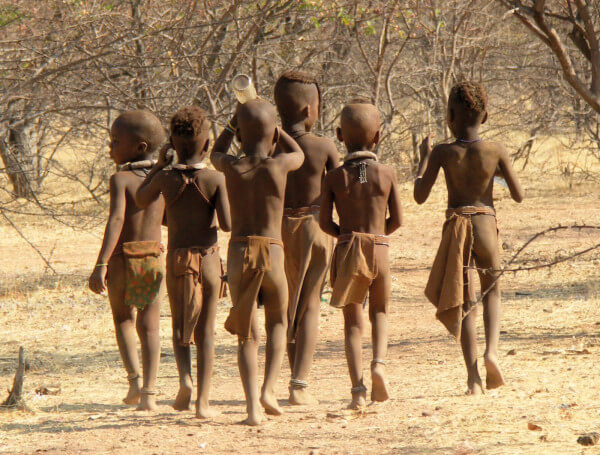
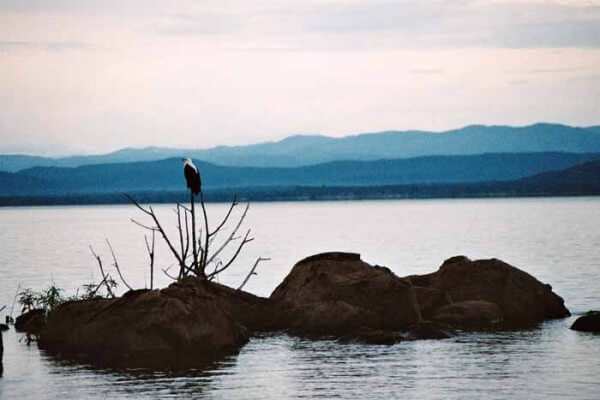


Amadiba tracks is a community task in the Eastern Cape crazy Coast, operating tracks with a few
times’ horseriding, a bit of paddling, some hiking, plenty of scenery and
close discussion with all the neighborhood.